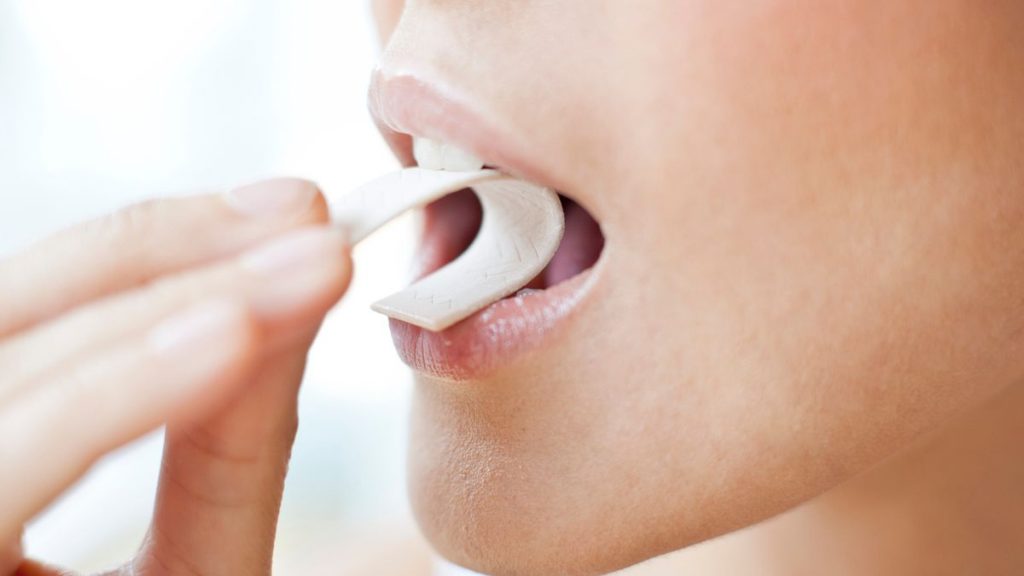Scientists believe that a piece of new experimental chewing gum could help individuals protect themselves from COVID-19.
According to a study published in the journal Molecular Therapy, the gum has a protein that “traps” coronavirus particles and may restrict the amount of virus in saliva. Researchers believe it could prevent transmission when infected people speak, breathe, or cough.
The chewing gum contains copies of the ACE2 protein found on cell surfaces, which the virus uses as a door to enter and infect cells. Scientists revealed that virus particles connected themselves to the ACE2 “receptors” in the chewing gum in test-tube trials using saliva and swab samples from infected persons. As a result, the viral load in the samples was reduced by 95%, according to the research team.
According to the researchers, the gum tastes like regular chewing gum and may be stored at room temperature for years. As a result, chewing it does not harm the ACE2 protein molecules. Furthermore, the study found that chewing gum to reduce viral loads in saliva could increase the benefit of vaccines, which would be especially beneficial in areas where vaccinations are not currently available or inexpensive.
While the gum is not now available for use, it could be a positive development in the future of COVID-related medications, and it’s important to know what this gum is for. According to the studies, its principal application is likely to be minimizing viral transmission from COVID-19-infected people to others, particularly in clinical settings.
It’s unclear how effective it would be in preventing healthy people from contracting the infection. Nonetheless, this gum has clinical potential, such as reducing the transmission of COVID in dental procedures or health centres. In addition, it could be a weapon in preventing the spread of COVID-19 when paired with current techniques such as mask wear, ventilation, and vaccination.
However, more research is required before we consider chewing it.

